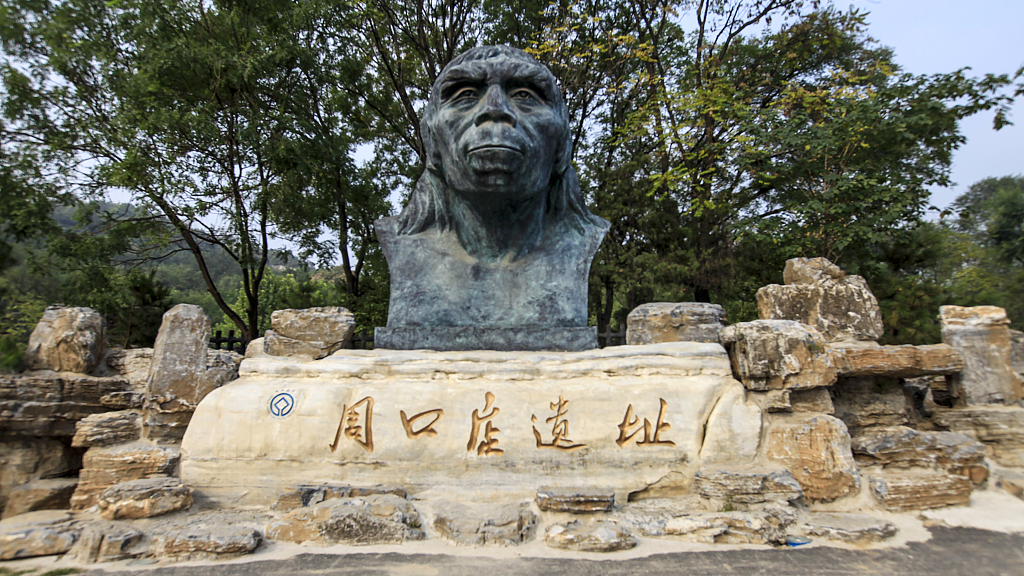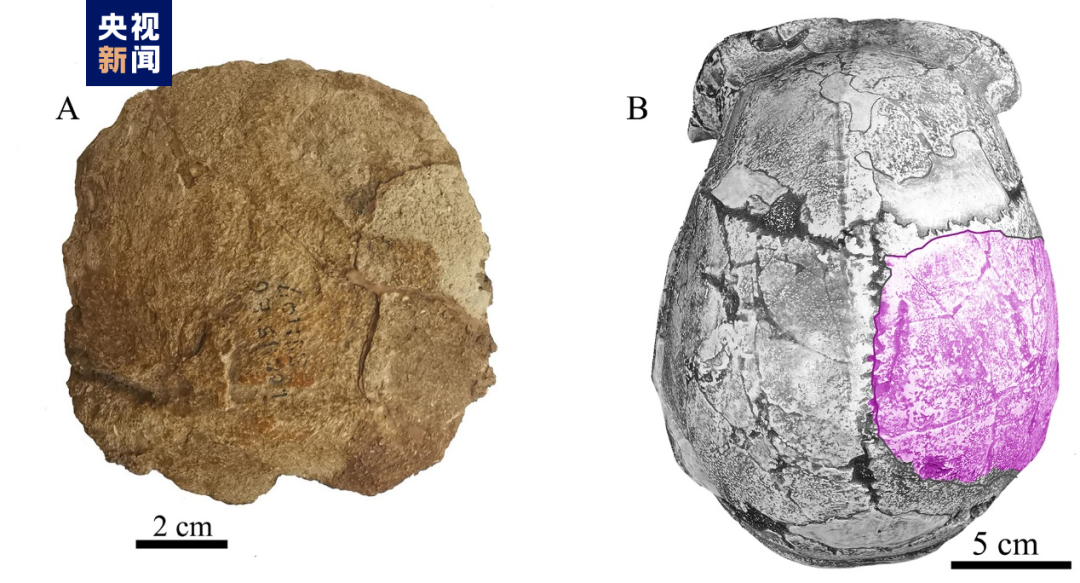
The Zhoukoudian site in the suburbs of Beijing, China. /CFP
The Zhoukoudian site in the suburbs of Beijing, China. /CFP
A human parietal bone from mammal fossils at the Zhoukoudian site Location No. 15 in the suburbs of Beijing was identified via using new techniques such as CT scanning and 3D reconstruction by a research team from the Institute of Vertebrate Paleontology and Paleoanthropology (IVPP), Chinese Academy of Sciences.
This is the first discovery of a Pleistocene human fossil in the Zhoukoudian site area by a Chinese research team since 1973.
The Homo erectus fossils found at Zhoukoudian Location No. 1 have been important research material for studying human evolution and have attracted a great deal of attention from domestic and foreign scholars. Zhoukoudian Location No. 15 is located 70 meters away from Location No. 1 and was discovered in 1932. It yielded a large number of stone tools and mammal fossils dating back to the late Middle Pleistocene era, approximately 200,000 years ago.

The newly discovered parietal bone from the Zhoukoudian site in Beijing, China. /CMG
The newly discovered parietal bone from the Zhoukoudian site in Beijing, China. /CMG
The human parietal bone discovered this time is yellowish-brown in color, completely fossilized, and its bone thickness, curvature and size roughly overlap with the right parietal bone of the Homo erectus cranium from Zhoukoudian.
"The new discovery of the human fossil at Zhoukoudian will contribute to in-depth studies of human evolution in this region through comparative anatomy and molecular biology, providing extremely important and crucial specimen materials for exploring the evolutionary patterns of ancient humans in China," said Wu Xiujie, a researcher at the IVPP.